2025 Oceanography Field School at Batemans Bay
April 17th, 2025, Yanni Wang
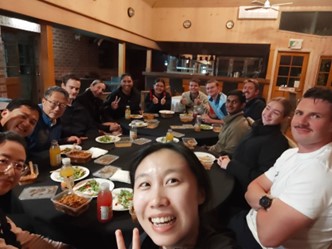
The 2025 Oceanography 2&3 Field School was held from April 13th to 17th at Batemans Bay, delivering another successful year of immersive learning for students enrolled in "Australian Waters and their Dynamics" (ZPEM2401) and "Ocean Circulation and Mixing" (ZPEM3401). Against the backdrop of Batemans Bay’s dynamic coastal environment, this year's program offered hands-on training in oceanographic data collection and interpretation, with a focus on real-world problem-solving.
Over the course of four days, students and staff participated in three major field tasks: hydrographic surveying using CTDs, tidal and wave analysis using tide and wave gauges, and current tracking using drogues and ADCPs. Despite occasional technical issues, including a temporary fault in the ADCP setup all groups adapted quickly and ensured that key objectives were met. Students showcased remarkable resilience and initiative in resolving these challenges, often finding new insights that went beyond the original hypotheses.
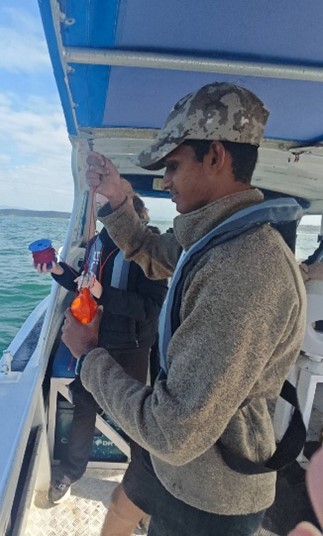
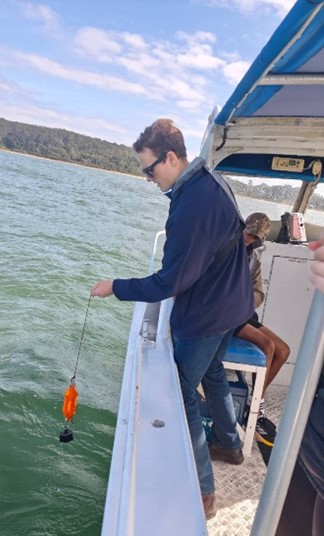
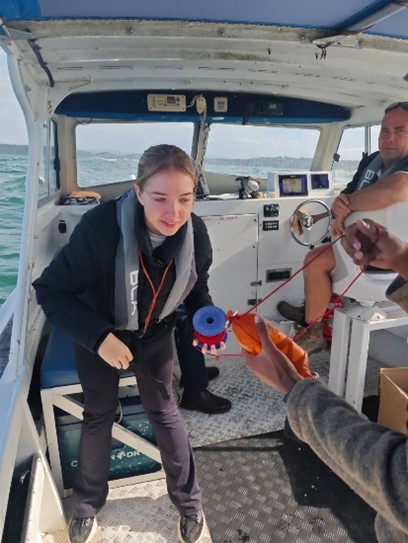
Deploying the CTD
The students were organized into three groups, each responsible for a different aspect of the research everyday. Group 1 conducted a detailed hydrographic survey across 12 stations, analysing temperature, salinity, and density variations. Their findings highlighted stratification patterns and revealed unexpected pockets of freshwater likely linked to recent rainfall and tidal influences. Group 2 deployed tide gauges and wave sensors to analyze sea level variations. A notable observation was the anomalous temperature fluctuations coinciding with tidal transitions, prompting discussion on mixing dynamics and local forcing mechanisms. Group 3 used ADCP, phone drogues and the current meter to investigate circulation. While initial equipment drift posed difficulties, the group successfully mapped current trajectories. All teams delivered daily presentations to synthesize their observations, culminating in high-quality final reports.
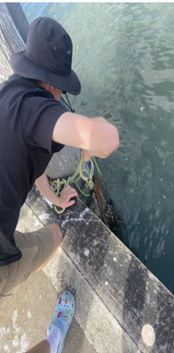
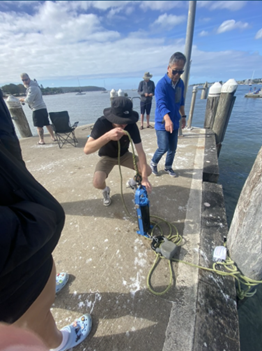
Deploying the tide and wave guages
The 2025 program further emphasized the integration of theoretical knowledge with empirical inquiry. Students were encouraged to refine or even challenge their initial assumptions based on field observations. This investigative approach was exemplified in several cases where observed results diverged from expected tidal or circulation patterns, fostering critical discussions during evening debriefs.


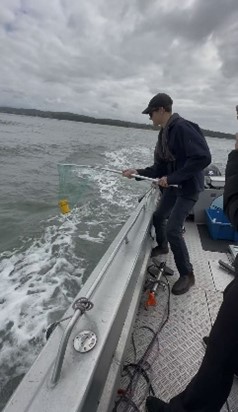
Setting up the deployment for the ADCP and current meter, placing and retirieving the phone drogues
The success of the 2025 field school could not have been possible without the generous support of our sponsors and local partners. We extend our deepest gratitude to the Defence and SSCI for their ongoing financial support, which covers critical expenses such as accommodation, catering, transportation, and boating. Special thanks also go to Shamaram Eichmann from Batemans Marine Park for her invaluable assistance with the boat operations, Bashir Ahmad for his expertise in handling the equipment and moorings, and Sandra Harrison for her impeccable organization of logistics.
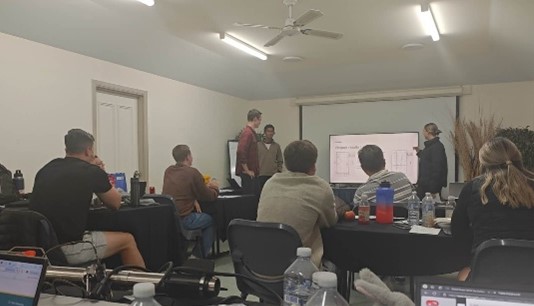
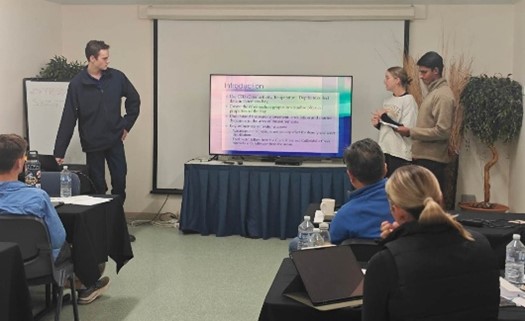
Giving evening presentations on the understandings of the results
We are proud of the professionalism, teamwork, and curiosity shown by all students. Their performance in the 2025 Batemans Bay Field School reflects a deepening capacity for Oceanography undergraduate education and scientific communication, qualities essential for their future careers as oceanographers. We look forward to continuing this tradition of field-based excellence in the years to come.

